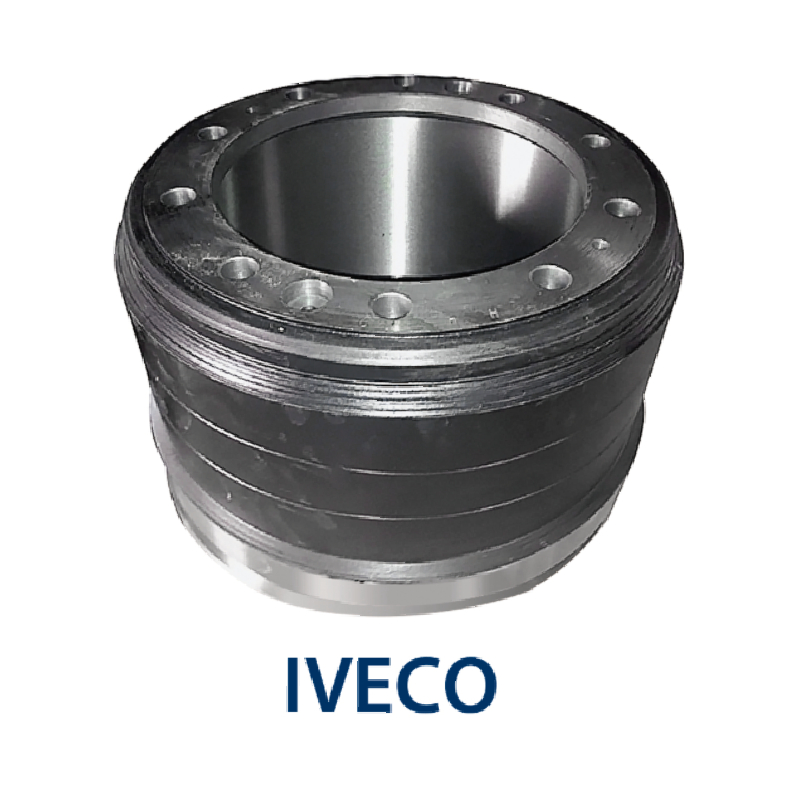ພ.ຈ. . 17, 2024 08:51 Back to list
how to get rear brake drum off
How to Get Rear Brake Drum Off A Step-by-Step Guide
Removing the rear brake drum from your vehicle can seem like a daunting task, especially if you have limited experience with car maintenance. However, with the right tools and a step-by-step approach, you can accomplish this task safely and efficiently. This guide will walk you through the process of removing the rear brake drum, highlighting essential safety precautions and techniques.
Tools and Materials Needed
Before you start, gather the necessary tools and materials
1. Jack and jack stands 2. Lug wrench 3. Brake drum puller (if required) 4. Screwdriver set 5. Pliers 6. Clean rags 7. Brake cleaner 8. Safety goggles and gloves
Step 1 Safety First
Always prioritize safety before working on your vehicle. Park your car on a flat surface, turn off the ignition, and engage the parking brake. Wear safety goggles and gloves to protect your eyes and hands from any debris or brake dust.
Step 2 Loosen the Wheel Lug Nuts
Using a lug wrench, slightly loosen the lug nuts on the rear wheel where you need to remove the brake drum. Do not remove them completely at this stage; just break their initial tightness.
Step 3 Lift the Vehicle
Using a jack, lift the rear of the vehicle off the ground. Once elevated, place jack stands under the vehicle to ensure it remains secure while you work. Never rely solely on a jack for support.
Step 4 Remove the Wheel
Now that the vehicle is safely elevated, remove the lug nuts completely and take off the wheel. Set the wheel aside in a safe location.
Step 5 Inspect the Brake Drum Area
With the wheel removed, you’ll have a clear view of the brake drum. Check for any visible retaining screws or clips that may hold the drum in place. If you see any, use a screwdriver or pliers to remove them.
Step 6 Try to Remove the Drum
how to get rear brake drum off

After removing any retaining hardware, try pulling the brake drum directly off the hub. In many cases, the drum may come off without issue. However, if it is stuck, you may need to take additional steps.
Step 7 Use a Drum Puller if Required
If the brake drum does not come off easily, you might need a brake drum puller. This tool helps to apply even pressure on the drum to dislodge it from the hub. Position the puller around the drum and tighten the central screw gently until the drum begins to loosen. Be cautious and ensure that all tools are used per the manufacturer’s instructions.
Step 8 Clean and Inspect
Once the drum is off, take this opportunity to clean it thoroughly with brake cleaner and rags. Inspect the inner surface for scoring or damage. You should also check the brake shoes, springs, and other components for wear or corrosion.
Step 9 Replace or Service as Needed
If the brake shoes are worn down or if the drum shows signs of damage, consider replacing them. Follow the manufacturer’s recommendations for replacement parts and ensure all components are installed correctly.
Step 10 Reassemble
After servicing or replacing components, reassemble the brake drum by reversing the removal process. Ensure that any retaining screws or clips are tightened properly, and check that the drum spins freely before moving on.
Step 11 Reinstall the Wheel
Place the wheel back on the hub and hand-tighten the lug nuts. Lower the vehicle from the jack stands using the jack, then finish tightening the lug nuts in a crisscross pattern to ensure even tightness.
Step 12 Test Drive
Before you consider the job complete, take the vehicle for a short test drive. Be sure to monitor the brakes for proper function, listening for any unusual noises or issues.
Conclusion
Removing the rear brake drum is a manageable task when broken down into clear steps. By following this guide and using the right tools, you can ensure that your vehicle’s braking system functions properly, providing safety and reliability on the road. Always remember to consult your vehicle’s service manual for specific instructions related to your car’s make and model. Happy repairing!
-
Iveco Brake Drum | Premium OE Quality for Daily & Eurocargo
NewsAug.22,2025
-
Your Brake Drum Man: Quality & Performance Parts
NewsAug.21,2025
-
Explore Japan: Ultimate Travel Guide & Authentic Experiences
NewsAug.19,2025
-
Your Brake Drum Man: Premium & Reliable Brake Drums for Sale
NewsAug.18,2025
-
ROR Web Development: Build Fast, Scalable, Secure Apps
NewsAug.17,2025
-
Scania Brake Drums: OEM Quality for Optimal Safety & Durability
NewsAug.16,2025
